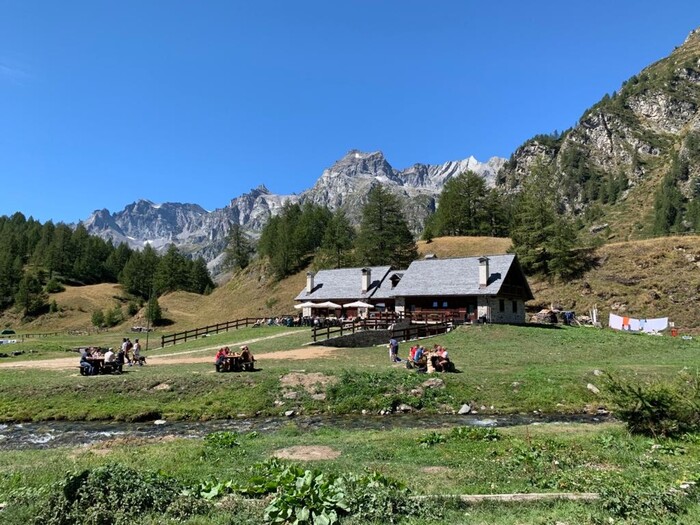When planning a holiday in the mountains it is important to consult your doctor if you suffer from chronic diseases such as diabetes and to remember the rules to protect yourself from the risk of lightning, which is always lurking at high altitudes. The Italian Hygiene Society, the Mountain Medicine Society and the Travel Medicine Society have developed the decalogue to protect the elderly, children and animals as well. Here are the rules:
1) Children: do not climb or descend quickly with children in their first year of life from altitudes above 1600 metres; cover them with a hat with a visor and closed shoes; don’t forget insect and tick repellent, wipes and water.
2) Sun and heat exhaustion: in the mountains you need to wear goggles and protection with 50+ cream before leaving and renew it during the day. Use hat or bandana that also covers ears and neck. Avoid long walks in the sun and leave early in the morning. Drink every 30-60 minutes and choose a shady and breezy route.
3) Chronic diseases: those suffering from diseases such as hypertension, bronchopneumopathy, diabetes, previous heart attack, can benefit from the mountains, but it is important to meet the doctor before leaving and evaluate the activities based on the conditions.
4) Nutrition: make breaks every hour or so, with savory snacks, dates, dried figs, dehydrated apricots, as well as dried fruit, or bars. For the lunch break, choose foods with a high caloric value and low weight, based on the mix of carbohydrates also associated with a small amount of protein, to avoid glycemic drops.
5) Elderly: the over 65s have a lower capacity to adapt to the environment. It is important to consult a doctor to find out if any therapy can affect the activity in the mountains.
6) Environmental dangers: the mountain is uneven and often slippery terrain, so when hiking you must always pay attention when walking, especially downhill and if it is raining. Never leave the marked path, avoid shortcuts. In the afternoon, thunderstorms are often accompanied by lightning: in this case, look for a bivouac or refuge as soon as possible, remembering that caves and trees are not a safe place and, above all, keep away from metallic material such as umbrellas, sticks and via ferrata.
7) Clothing: it must be comfortable but specific for the mountains. Shoes must have a sculpted sole (trekking boot); windproof and rainproof goretex jacket; ‘onion’ garments, with multiple light layers for the torso; fleece hat and sun cap, walking sticks.
8) Vaccinations: consult your doctor or local health authority to verify that you are up to date with tetanus-diphtheria-pertussis vaccinations every 10 years.
9) Weather: Even in summer, above 2500 you could be surprised by a morning freeze or snow during a thunderstorm. Always consult the weather report from the previous day including the wind forecast.
10) Animals: those who take dogs to the mountains must protect them against ticks with a repellent and be up to date with vaccinations, both routine and recommended for the specific area, doing them well in advance to be protected.
breaking latest news © Copyright ANSA
